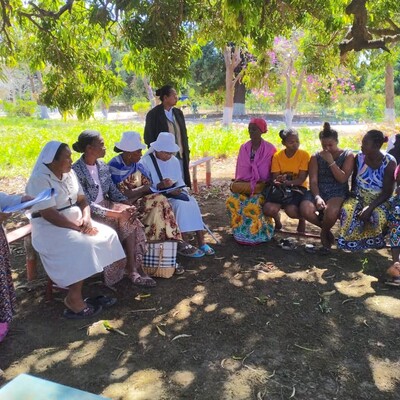
Researchers develop Rift Valley fever risk map for Kenya to aid prevention and control of the disease

Cow in Kenya. A new Rift Valley fever risk map for Kenya will help develop prevention and control measures to combat the disease in the country (photo credit: ILRI/Stevie Mann).
A new Rift Valley fever risk map for Kenya, based on data from a period spanning over 50 years, will be an important tool for use in developing measures to prevent and control the disease in the country.
Rift Valley fever is a viral disease that affects animals such as cattle, sheep, camels and goats. It is also a zoonotic disease, meaning it can be transmitted from animals to people.
Rift Valley fever epidemics occur every 3 to 10 years in specific regions of the Greater Horn of Africa, southern and western Africa and in the Arabian Peninsula, resulting in high rates of infection and death among people and livestock.
In Kenya, the most recent outbreaks of the disease occurred in 1997-98 and 2006-07. Experts agree that the severity of Rift Valley fever epidemics can be reduced through the use of effective early warning systems followed by rapid implementation of prevention and control measures.
In 2008, international experts and decision-makers from eastern Africa developed a risk-based decision support framework designed to guide responses during various stages of the Rift Valley fever disease cycle.
Now, a team of researchers from Kenya, the Netherlands and the United States of America has added to the arsenal of tools to prevent and control Rift Valley fever by using surveillance data from 1951 to 2007 to develop a Rift Valley fever risk map for Kenya.
The map shows the risk of an outbreak of the disease for each of the 391 administrative divisions in the country (based on the 1999 administrative map), classifying the divisions as high, medium or low risk.
The authors of the study say that the Rift Valley fever risk map will provide the Government of Kenya with an evidence-base from which it can respond to a Rift Valley fever epidemic warning as well as develop long-term prevention and control programs in high-risk areas.
The map is published in an article in the journal PLOS ONE (25 Jan 2016): Predictive factors and risk mapping for Rift Valley fever epidemics in Kenya
Citation
Munyua, P.M., Murithi, R.M., Ithondeka, P., Hightower, A., Thumbi, S.M., Anyangu, S.A., Kiplimo, J., Bett, B., Vrieling, A., Breiman, R.F. and Njenga, M.K. 2016. Predictive factors and risk mapping for Rift Valley fever epidemics in Kenya. PLOS ONE 11(1): e0144570.




















